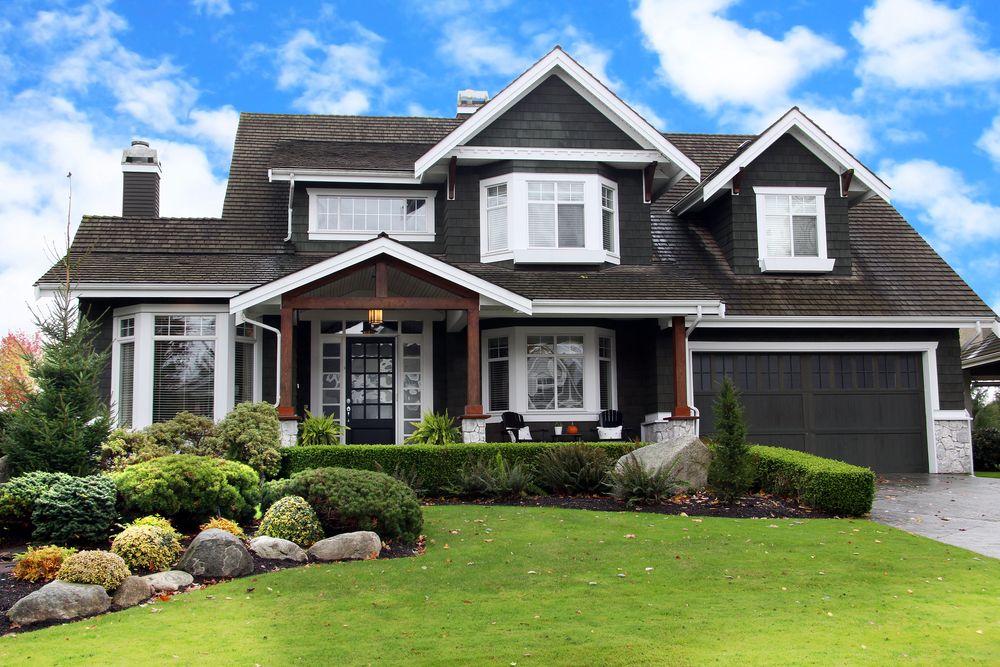
Landscaping is one of the best ways to increase your home’s property value. The investment of having curbside appeal adds nearly an additional 20% to a home’s value. For example, you can add an additional $15,000 to $38,000 in value to a $300,000 home with landscaping projects.
While landscaping may seem like a difficult task when you initially think about it, it is actually one of the easiest improvements you can make.
So, as you begin to brainstorm ideas of what kinds of upgrades you want to make, we thought of a few facts and figures to consider to get you started on the right path to adding curb appeal to your home today!
Landscaping Questions To Consider:
What kind of budget do you have for your ideal outdoor renovations?
Start with the changes that need to be made first, then continue down the list. You might also find that you can make landscape improvements that cost you up front, but actually, save you money down the road.
How important is energy efficiency to you?
If you live in a warmer climate, it may be a good idea to consider planting trees in places where they can potentially block the sun and save you from spending extra money on air conditioning. Be careful, however, as you want to make sure trees and/or mulching beds don’t get too close to the foundations of the home.
Are the changes I want to make going to increase the chances of a potential buyer walking through the home?
Everyone has ideas for their property that sound good on paper, but may not translate to actual value later on. No worries, you’re not alone. When landscaping your home, keep the designs contemporary and comparable to other properties in the area. Who knows, you might even be surprised to find all you really need to do is add a fresh coat of paint.
Now, after you have asked yourself the preliminary questions, you can start manifesting your ideas.
Breaking Ground Without Breaking Your Budget
1) Property Assessment
The first step you want to take in your landscape renovation project is property assessment. Any dying trees on your property need to be removed. Any overgrown bushes or shrubs that may be obscuring windows will either need to be trimmed or taken out, as well. Hire a certified landscape architect to help you distinguish which is which. They can also help you choose which plants, flowers, lighting, and other complimentary additions are best suited for your home and lifestyle.
2) Create a Plan For Your New Landscaping Project
Consider creating a five-year plan and adding various features each year. This allows you an opportunity to be honest with your time and budget while still completing your ideal renovations. Afterwards, you will be ready to hire a general contractor to follow through with the planned work or start the installation yourself.
3) Execute Your Landscaping Plan
Hiring a professional will keep your project on track and prevent expensive mistakes that weekend warriors tend to make. It’s always important to keep your property and investment in mind. Be honest with the work you are hoping to achieve and the time in which you have to complete it. All of the work doesn’t have to happen all at once.
Final Factors To Consider When Landscaping
If you’re still having difficulty figuring out where you should begin with your renovations, take a look at what your neighbors have installed and see if you can spot a few landscaping trends you can do. Remember, you want your landscaping renovation to look like a natural extension of your home.
Property landscaping goes beyond planting a few flowers, but it doesn’t have to be a high-yield structural project. Start small and work your way up. If all else fails, start with your lawn. With a little fertilization, aeration, weeding, and raking, lawn maintenance is simple and can usually be done with an annual cost of only $330. As soon as you know it, you’ll be adding mulch, flagstone walkways, and planting trees in no time!
